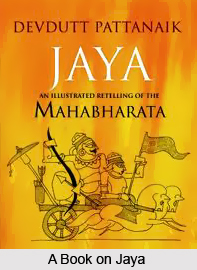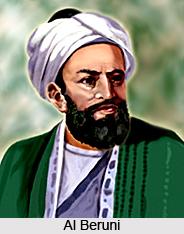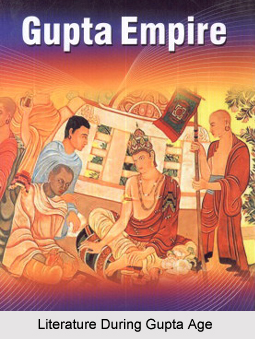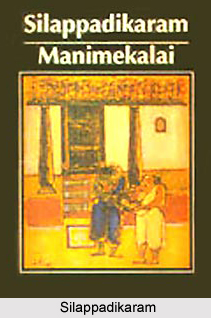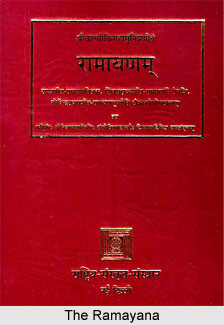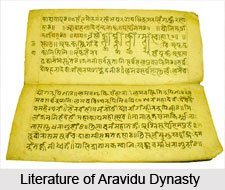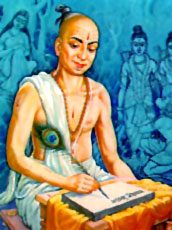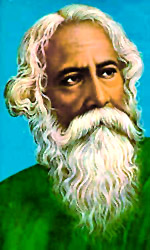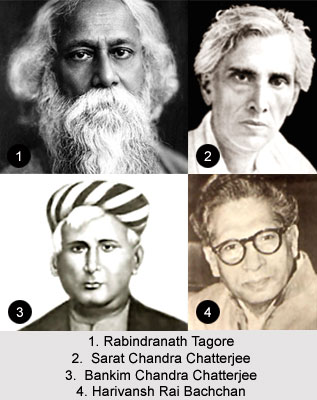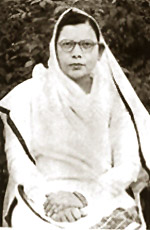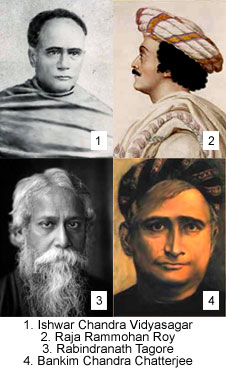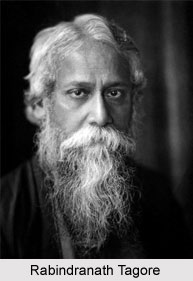Tamil Christian Literature refers to the various epic, poems and other literary works based on the ethics, customs and principles of Christian religion that were primarily composed by Christian missionaries in Tamil language. Pritto and Xavier, two missionaries, translated the Christian ethics, poems and customs related to worship into Tamil, during the sixteenth and the seventeenth centuries. Another missionary named Robert de Nobili composed various literary works. He was popularly known as Tattuva Potakar in the Tamil country and lived in Madurai. Another poet Viramamunivar also made significant contributions to Tamil Christian Literature. It must me noted here that the forebear of modern Tamil prose were mainly Europeans who came to Tamil Nadu and settled in various parts of the Tamil country. Thus, Tamil Christian literature was Christianised as the Colonial masters amalgamated their cultural streaks into Tamil society.
Emergence of Christian Poets
The poet Tattuva Potakar lived like a Brahmin Sanyasi, holding a rosary in hand, wearing sacred thread, ear-rings, saffron cloth on his body and wooden sandals. In order to gain appreciation and respect of the local Tamil people, the Christian poet ate vegetarian food and followed various customs and ways of the orthodox Tamil. Robert de Nobili or Tattuva Potakar even learnt Sanskrit and chanted the Vedic hymns. He also learnt Tamil and composed the literary works of Nanopateca Kantam, Atma Nirnayam and other prose. Tattuva Potakar composed prose in a style that was profoundly loaded with colloquial phrases and words. He could certainly be considered as the forerunner of modern Tamil prose. No other author from that era composed so many prose works in Tamil language like him.
During this period another renowned Tamil Christian poet named Joseph Beschi emerged in the literary scene. He was popularly known as Viramamunivar and he is most famous for modernizing prose in Tamil Literature. Viramamunivar came from Italy to Tamil Nadu to promulgate Christianity. He is even popular at the present age due to his valuable input to Tamil literature and Tamil language. One of the most prominent works of the Tamil poet Viramamunivar is titled the Tempavani, which brought him immense fame. He developed and modernized the Tamil nikantus that provided synonyms under various headings, and also developed the first Tamil dictionary titled the Caturakarati. His reform of Tamil scripts is praised even now for its utility.
Besides the Tempavani, Viramamunivar wrote other poetical works like the Kitteriyammal Ammanai and the Tirukkavalur Kalampakam. Joseph Beschi, popularly known as Viramamunivar composed some prose works as well. The most famed amongst his other works is the humorous composition of Paramartta Kuruvin Katai, which is a compilation of amusing and witty short stories constructed much before the advent of short story as a genre in Tamil literature. Where as the work of Tempavani eulogises the life of ascetics. The family life led by Cucaiyappar and Mary is also praised equally in the work. Tempavani contains only brief descriptions of love and romantic scenes which is a distinctive feature of the work and in contrast to other epics in Tamil literature.
Development of Tamil Christian Literature
Another prominent author who aided in the development of Tamil Christian Literature was C.T.E. Rhenius (A.D. 1790-1838). He was a German missionary who arrived in South India to preach Christianity. C.T.E. Rhenius was a good speaker and writer in Tamil language. The German author composed some religious, poetical and two non-religious works. Robert Caldwell (A.D. 1814-1891), an English missionary, came to Tamil Nadu in the nineteenth century. His aim was to preach the ideals and rituals related to Christianity. He was eventually drawn towards the customs and culture of the Tamil people. Robert Caldwell spent many years in a comparative study of the developed Dravidian languages such as Tamil, Kannada, Tulu, Kutaku, Malayalam and Telugu, and several other undeveloped Dravidian languages. He composed his monumental work and crowning achievement in work of The Comparative Grammar of the Dravidian Languages in English, which focused on the significance of Dravidian languages in the all India context. In this work Caldwell analysed the grammatical structure of all the Dravidian languages and proved the affinity amongst them.
Moreover, Robert Caldwell wrote a few literary works in Tamil regarding the lifestyle and customs of the people of the Tamil country. He also wrote several other prose works like Narkarunait Tiyanamalai and Nanak Koyil. Another well known English missionary who came to Tamil Nadu was G.U. Pope. He came to Tamil Nadu, learnt the Tamil language and contributed much to its development. G.U. Pope was the first scholar to teach various subjects including Mathematics, Logic and Philosophy in Tamil. He also composed the grammar of the Tamil language both in Tamil and English.
Afterwards, G.U. Pope translated many Tamil classics namely the Tiruvacakam, Nalatiyar and Tirukkural into English. Some of the verses in the Purananaru, Venpamalai, Purapporul and some other stray verses were also translated into English by him. Some other renowned Tamil Christians poets who worked for the development of Tamil Christian literature are Krisna Pillai, Vetanayakam Pillai and others.
